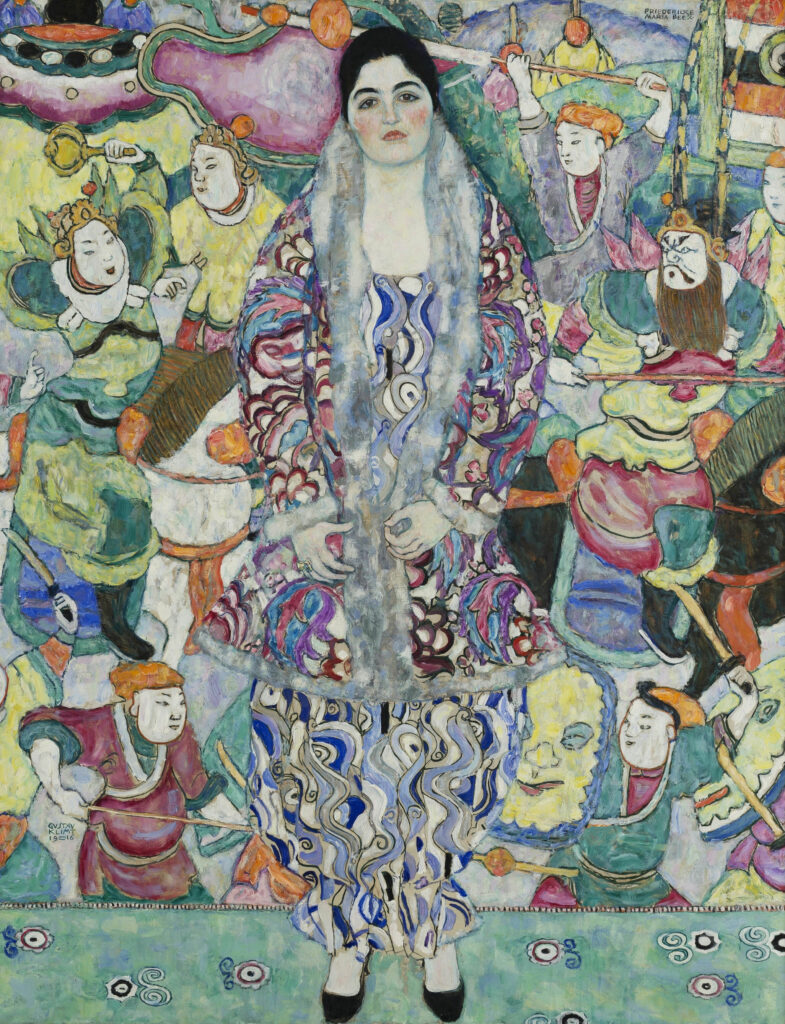
Israel moves Dead Sea Scrolls to bunkers
The Israeli government has moved many artifacts and museum pieces to bunkers. This is the first time this protocol has been initiated since the 1991 Gulf War.
“Even if there’s a very small possibility [of damage], we don’t play around — we don’t take chances,” said Doron Lurie, senior curator and chief conservator at the Tel Aviv Museum of Art.
“We’ve guarded them like our own kids,” he said of the priceless works.
The Tel Aviv Museum also has stored away works by famed modern artist Rothko, such as his “Number 24,” as well as the renowned “Portrait of Friederike Maria Beer,” a 1916 masterpiece painted by Gustav Klimt just two years before his death.

Photo via Wikipedia
The museum is also storing works by Georg Kolbe, Leonora Carrington as well as other important artists.
Hagit Maoz, curator of the Shrine of the Book at Jerusalem’s Israel Museum, said at least eight display cases there are empty after pieces of the Dead Sea Scrolls were removed for safekeeping.
“To take off an exhibition is something that usually is not done because we trust the building, we trust the safety of the showcases. But this is a different situation, so we have to act accordingly,” Maoz said.
“These works of art have experienced war, some of them survived World War II,” said museum director Tania Coen-Uzzielli. “We are custodians for a short time, and we need to protect them, to protect them for posterity and for history.”
Nurith Goshen, the curator of Chalcolithic and Bronze Age archaeology, said her museum also enacted the war protocol and created a list of what should go in its bunker, but noted that not everything can be saved if the worst were to happen.
“You really have to choose the finest or the most fragile artifacts,” she said.
The post Israel moves Dead Sea Scrolls to bunkers appeared first on Israel365 News.
Israel in the News